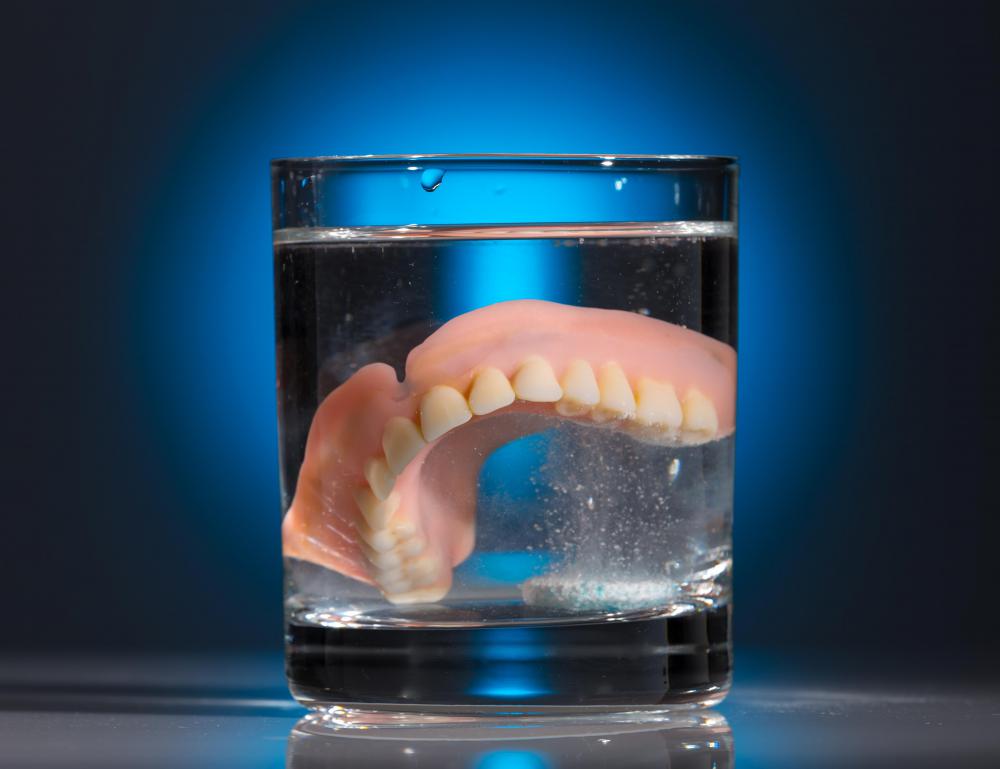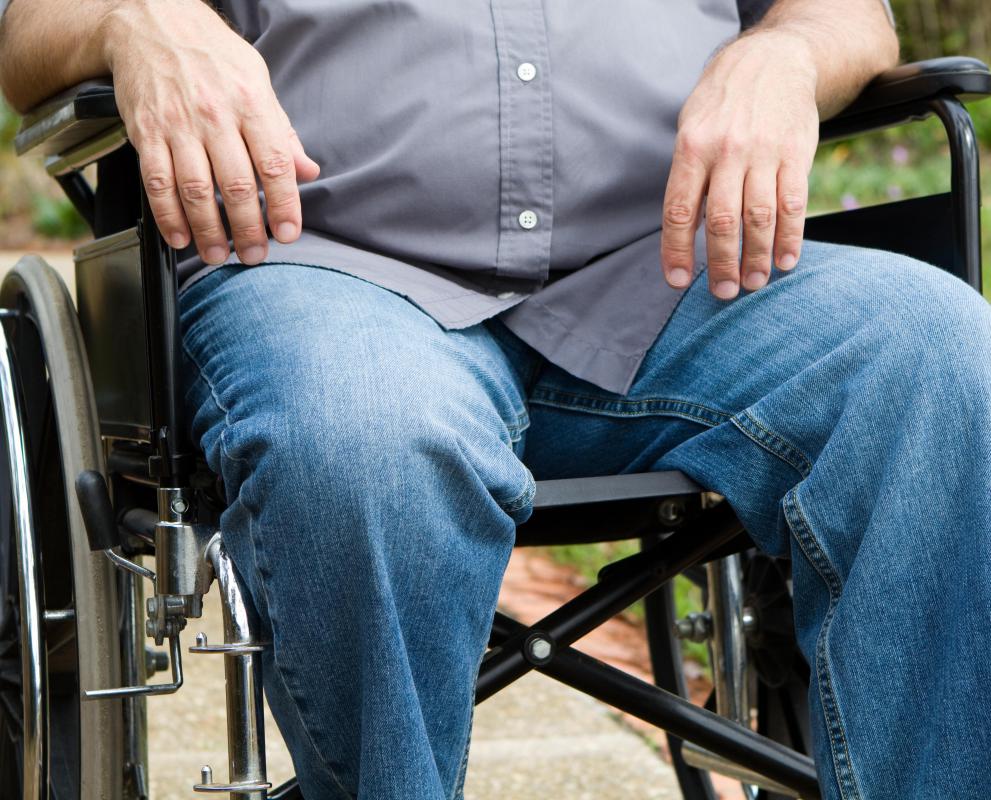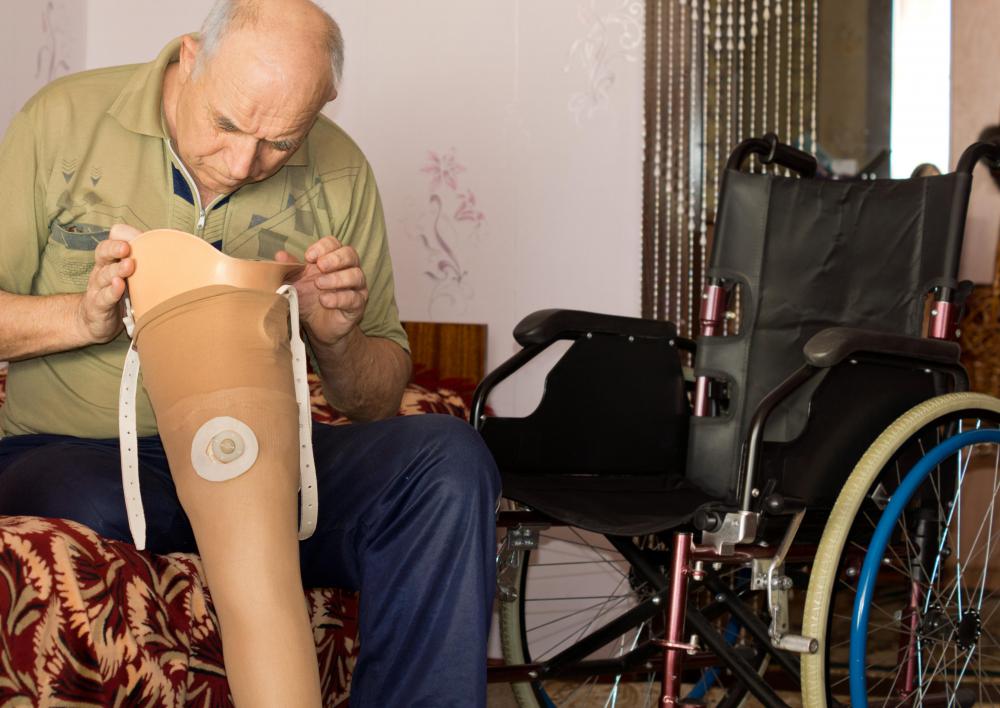At TheHealthBoard, we're committed to delivering accurate, trustworthy information. Our expert-authored content is rigorously fact-checked and sourced from credible authorities. Discover how we uphold the highest standards in providing you with reliable knowledge.
What Are the Pros and Cons of Prosthetic Devices?
There are a wide range of benefits to using prosthetic devices, including a more natural appearance and more control over the area of the body with the missing limb or part. The major downside is the price, since being fitted and purchasing a realistic prosthetic device can be costly. Physical therapy is also generally required so that patients can learn to properly control and care for their prosthetic devices. This is especially important when a limb is replaced.
A prosthetic device usually refers to an artificial body part that is used to replace one that was damaged or diseased. Most people think of a prosthetic arm or leg, but there are other areas of the body which can be replaced with prosthetic devices. The teeth, for instance, can be replaced with dentures.

Many patients choose to use prosthetic devices because they want to appear more normal or average. Although many artificial body parts don't look exactly like the real thing, many people consider them more attractive than a missing arm or leg. Having a prosthetic to fill out clothes and allow for more natural movements can make a big difference for those who are feeling self-conscious about their appearance. The result for these people can be greater self-esteem and confidence when doing everyday activities.

Prosthetic devices also offer a better quality of life for those who have had amputations. There are replacement hands that can grasp items and allow patients to perform everyday tasks with greater ease. Artificial legs can help patients walk again without the use of a wheelchair. All of these can help patients live fuller and more productive lives than they might otherwise experience.

The major downsides to using prosthetic devices are the risk of complications and the price. Many insurance providers will cover the fitting and purchase of such devices, but those who don't have insurance coverage may have a harder time. Some doctors and manufacturers might consider payment plans, but this is not always the case.
There are also potential health issues related to prosthetics. Many can cause skin irritation at the sight where they are fitted, and most patients undergo some level of physical therapy as they get used to using the new device. This can be time consuming and strenuous for some, since it is necessary to retrain and re-learn how to use certain muscle groups in many cases.
AS FEATURED ON:
AS FEATURED ON:
















Discussion Comments
I have seen prosthetic devices that are extremely realistic, like artificial eyes and limbs, but the cost of these high-end prosthetics is prohibitive. Most people have to choose function over style when it comes to artificial body parts. I think finding a prosthetic that fits perfectly and works well should be the first consideration.
Post your comments